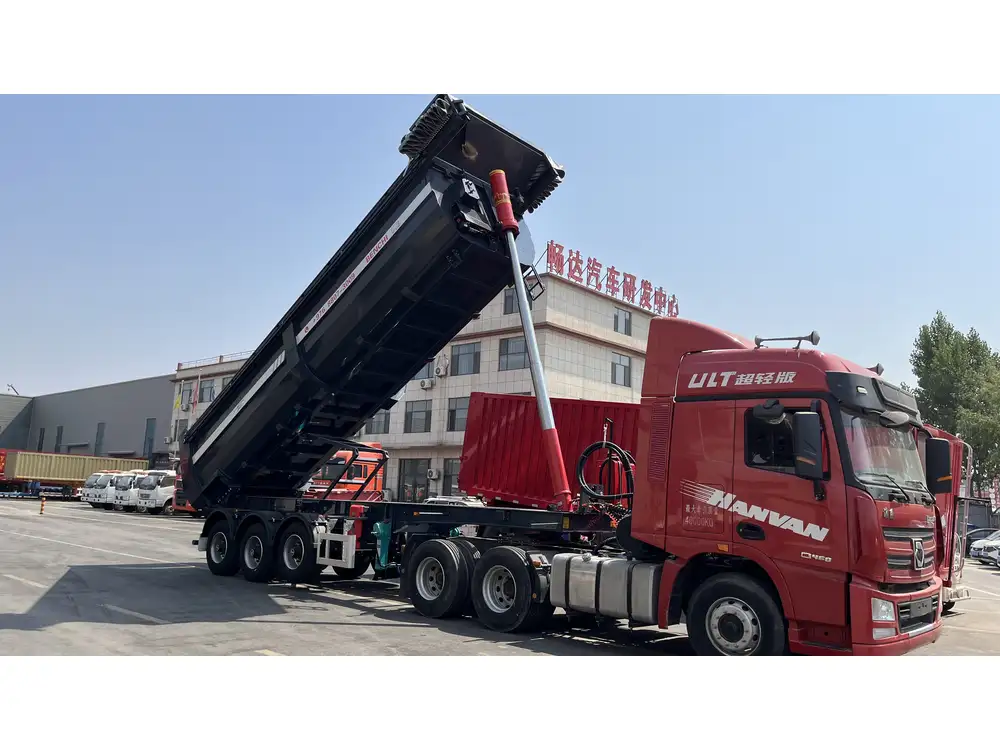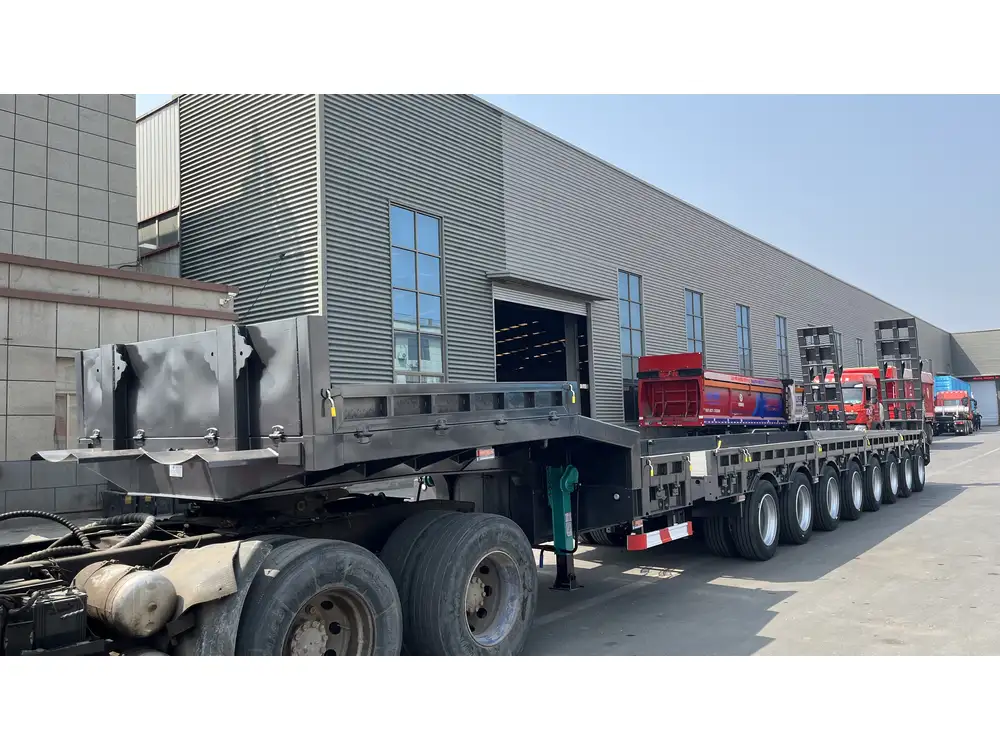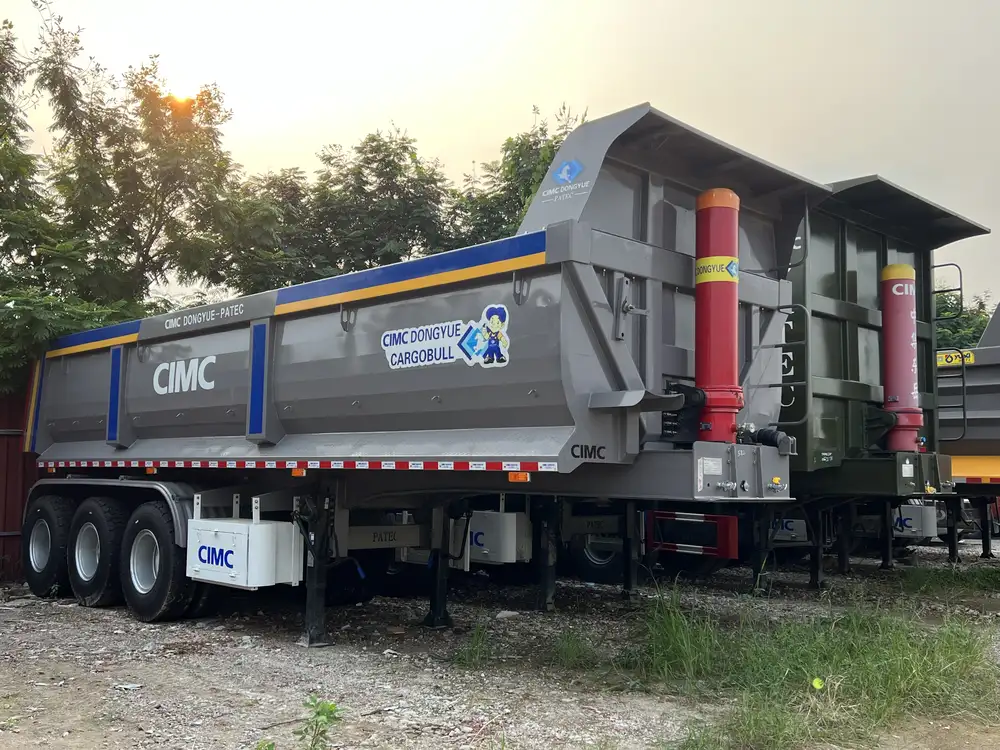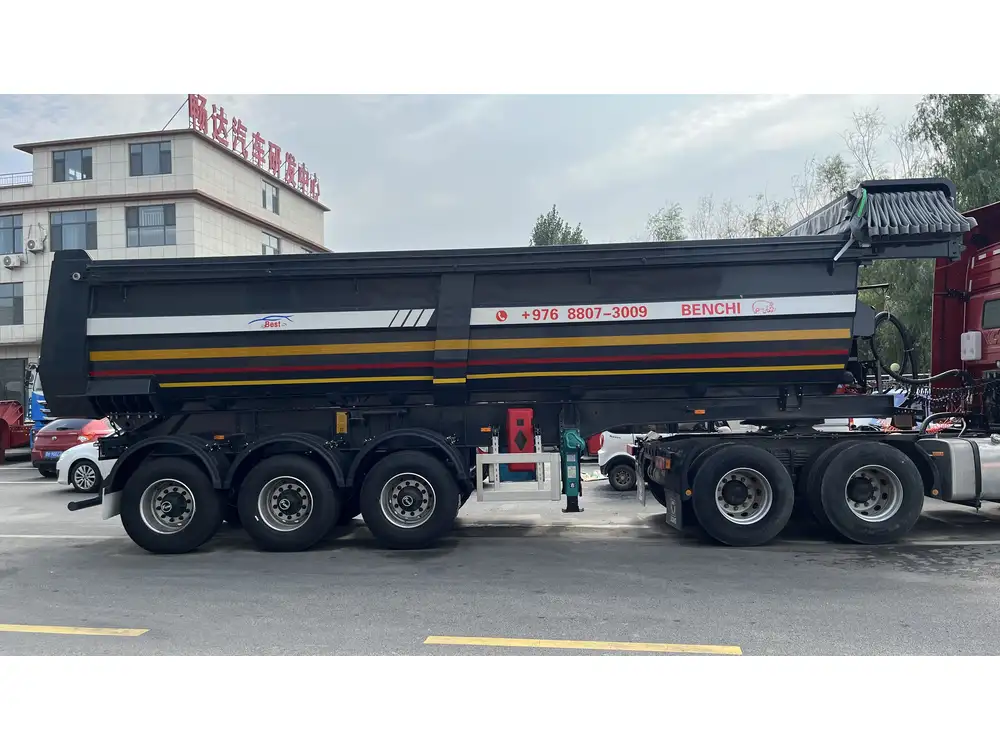In the freight transportation industry, knowing the weight of semi-truck trailers is essential for various reasons, including regulatory compliance, safety assessments, and operational efficiency. We delve into key factors affecting trailer weight, explore different types of trailers, and provide guidance relevant to freight operators and logistics professionals.
The Average Weight of Semi-Truck Trailers
Semi-truck trailers come in a variety of designs and materials, leading to significant variance in weight. On average, a standard semi-truck trailer weighs between 10,000 to 15,000 pounds (approximately 4,500 to 6,800 kg). However, specialized trailers, such as those designed for carrying specific goods, can weigh more. Understanding the basic weight categories of trailers can aid in selecting the right trailer for your needs.
| Trailer Type | Average Weight (lbs) | Average Weight (kg) |
|---|---|---|
| Standard Dry Van | 10,000 – 14,000 | 4,500 – 6,350 |
| Flatbed | 15,000 – 20,000 | 6,800 – 9,070 |
| Refrigerated Trailer | 13,000 – 16,000 | 5,900 – 7,260 |
| Tanker | 20,000 – 25,000 | 9,070 – 11,340 |
| Specialty Trailers (e.g., Heavy Haul) | 20,000 + | 9,070 + |
Factors Influencing Trailer Weight
The weight of a semi-truck trailer is impacted by several critical factors:

1. Material Composition
The materials used in the construction of a trailer play a pivotal role in determining its weight. Common materials include steel, aluminum, and composites:
- Steel Trailers: Generally heavier but highly durable.
- Aluminum Trailers: Lighter, improving payload capacity but may be costlier.
- Composite Materials: Offer a balance of weight and strength, frequently used in specialized trailers.
2. Trailer Design and Type
The design structure and intended usage of the trailer can lead to drastic weight differences:
- Flatbed Trailers: Usually heavier due to robust structural elements necessary for supporting various loads.
- Reefer Trailers: Contain refrigeration units adding to the weight but crucial for transporting perishable goods.
- Tanker Trailers: Designed for liquid transport, they require additional structural integrity and may be heavier due to the bulk of the tanks.
3. Load Capacity and Configuration
Trailers are often designed to hold substantial loads, which may influence their structural elements and overall weight:
- Load Rating: The weight capacity a trailer can carry often dictates its weight. Higher-rated trailers must use stronger, heavier materials.
- Configuration: Single-axle versus multi-axle trailers—more axles can lead to increased weight as they provide better weight distribution.

Compliance with Legal Weight Limits
Understanding the legal weight limits is crucial for operators. Federal regulations in the United States set forth the Federal Bridge Formula, which imposes restrictions on the maximum allowable weights for trucks and trailers based on the number of axles and distance between them. Common limits include:
- Total vehicle weight not exceeding 80,000 lbs (36,287 kg) for trucks and trailers on interstate highways.
- Specific states may have varying weight limits and additional permits for heavier loads.
Payload Capacity: Determining Load Limitations
The payload capacity of a semi-truck trailer makes a significant difference in choosing the right trailer. It is calculated by subtracting the weight of the trailer itself from the overall legal weight limit. For instance:
- Total Legal Weight Limit: 80,000 lbs
- Average Trailer Weight: 15,000 lbs
- Payload Capacity: 80,000 lbs – 15,000 lbs = 65,000 lbs
Ensuring that the payload does not exceed this calculated limit is imperative for safety and compliance.
Advantages of Knowing Trailer Weight

1. Improved Safety
Understanding and adhering to weight limits minimizes the risk of accidents, ensuring stability while navigating roads and highways. Overloaded trailers are more difficult to control, increasing the potential for dangerous situations.
2. Optimized Fuel Efficiency
Operating within the weight limits can significantly impact fuel efficiency. Heavier loads require more power, leading to increased fuel consumption. By optimizing load weight, operators can improve cost-efficiency.
3. Cost-Effectiveness
With trailer weight, companies can optimize their freight capacity, enabling them to transport maximum cargo while staying compliant with regulations. This directly correlates to improved profitability.

Choosing the Right Semi-Trailer for Your Needs
Considerations for Selection
When selecting a trailer, several factors come into play:
Type of Cargo: Understand the nature of goods you will transport. Different materials (such as food, machinery, or chemicals) may require specific types of trailers.
Transport Weather Conditions: If operating in specific climates, trailers designed for insulation or those suited for harsh weather should be considered.
Distance of Transport: Longer journeys may necessitate more robust trailers, while shorter trips could allow for lighter, more flexible options.
Budget Constraints: Initial cost versus long-term operational efficiency should be evaluated. Higher weight-carrying capacity trailers may have a higher upfront cost but can lead to cost savings over time.
Key Questions to Ask
- What is the average weight of my expected cargo?
- How will different weights influence my operation’s overall efficiency?
- Are there specific state regulations that apply to the weights I’m dealing with?
- What modifications can I make to utilize trailer weight for better performance?

Conclusion: The Importance of Understanding Trailer Weight
In conclusion, the weight of semi-truck trailers affects almost every aspect of freight transportation—ranging from regulatory compliance to operational profitability. By understanding the fundamental aspects of trailer weight, including types, specifications, and limitations, operators not only safeguard their operations but can also achieve greater efficiency in their logistics chains.
Being informed about weights and regulations empowers operators, minimizes risks, and facilitates strategic decision-making in an increasingly competitive transportation market. As such, it is imperative for businesses in the freight forwarding and logistics sectors to conduct thorough research into their trailer options while remaining within legal weight guidelines.
With the freight industry continually evolving, keeping abreast of changes in regulations and innovations in trailer design will ensure that operators can adapt effectively and advantageously. It is through diligent inquiry, careful selection, and ongoing education that companies can thrive in the complex world of logistics.



